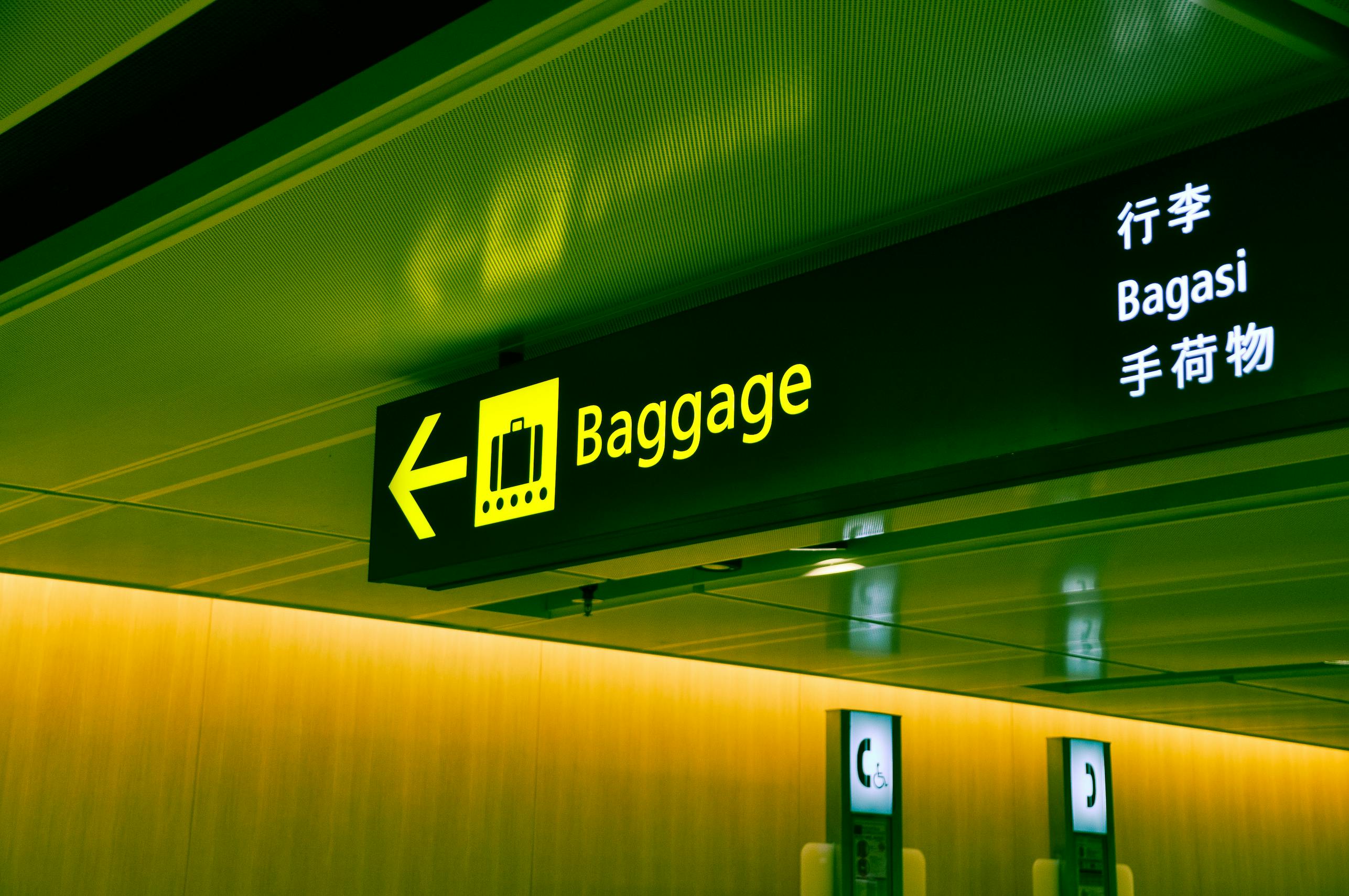
Whenever you go to an airport, the process of luggage submission is simple. You hand over your suitcase at the check-in counter, watch it vanish on the conveyor belt, and assume it will magically reappear at your destination. But behind that simple handover lies an incredibly intricate operation only few travellers ever see. Beneath the shiny floors of every airport is a labyrinth of conveyor belts, scanners, and loading bays that work non-stop to ensure bags are safely sent to the right aircraft. It is a fascinating process where even a few minutes' delay can cause chaos. So, what exactly happens to your luggage after you check it in at the airport? Let's find out.
Also Read: Is Duty-Free Shopping Cheaper? The Truth About Airport Prices For Indians
Here's What Really Happens To Your Luggage After You Check It In At The Airport
1. It Goes Through Security Screening And Tagging

The moment you leave your bag at the check-in counter, its journey begins. Each item is tagged with a barcode that contains flight and passenger information, allowing it to be tagged at every step. Before heading anywhere near the plane, it passes through a series of X-ray machines and explosive-detection systems. This security screening is strict and automated, and any suspicious item removes the bag separately from the queue for inspection. Once cleared, the system confirms it's safe to continue on its route.
2. Luggage Is Transferred To The Hidden Conveyor Belt
Behind the check-in area lies a massive underground maze of conveyor belts. In fact, some airports have kilometres of them. Bags are put on these these belts at high speed, automatically directed to different routes based on flight number and destination. Sensors, laser scanners, and automated diverters ensure each bag ends up in the correct loading zone. It is a system so efficient that thousands of pieces of luggage can be processed every hour without manual sorting or delay.
3. Luggage Gets Sorted And Loaded Onto the Aircraft

Once the bags reach the sorting area, automated systems group them according to flight and class. Ground crew then load them into containers or directly into the aircraft hold in a precise order – heavier bags first, lighter ones last. This weight balance ensures that the flight remains stable. Before take-off, the cargo manifest is double-checked to confirm every loaded item matches the aircraft's list.
4. Luggage Gets Transferred And Tracked During Layovers
For connecting flights, your bag might travel a more complicated path. Special sensors and barcode readers route it automatically to the next plane's loading zone, sometimes via a separate terminal. Airlines rely on digital baggage tracking systems that update status in real time, allowing staff to pinpoint where each suitcase is. Some major airports even use autonomous vehicles to transfer bags between terminals, reducing delays and human error during tight layover windows.
5. Luggage Arrives At Baggage Claim

Once the aircraft lands, ground staff unload the containers and feed the bags onto another network of belts leading to the baggage claim area. As your suitcase approaches the carousel, its barcode is scanned again to ensure accuracy. In well-run airports, your bag arrives within minutes of landing. If it does not, digital tracking tools help locate it quickly. The same technology that guided it onto your flight also ensures it returns safely to your hands.
Why Checked Bags Sometimes Miss The Flight
Despite advanced baggage handling technology, luggage occasionally fails to travel with its passenger. Tight or delayed connections remain the biggest cause. When your first flight arrives late, there is often not enough buffer time for ground crew and baggage systems to redirect your suitcase to the second flight. Other reasons include damaged tags, incorrect barcode readings, sudden gate changes, or bags held back for extra manual checks. Fortunately, most misplaced luggage is found within 24 to 48 hours and is delivered directly to passengers without extra cost.
Also Read: What Happens When You Overstay Your Tourist Visa?
Tips To Avoid Lost Luggage On Your Next Trip

If you have ever lost luggage during your connecting flight or airport, here are some tips to keep in mind to avoid losing it.
1. Arrive Early
Check in at least two hours before domestic flights and three before international ones to allow baggage systems enough time.
2. Use Smart Luggage Tags
GPS-enabled or digital tags make tracking much easier if your bag goes missing.
3. Remove Old Tags
Conflicting barcodes can confuse scanners and misdirect your suitcase.
4. Keep Essentials In Your Cabin Bag
Medications, documents, and valuables should always travel with you.
5. Label Clearly
Include your name, phone number, and email both inside and outside the suitcase.
So, the next time someone wonders where the checked-in luggage disappeared, you know what to inform them!
Track Latest News Live on NDTV.com and get news updates from India and around the world

